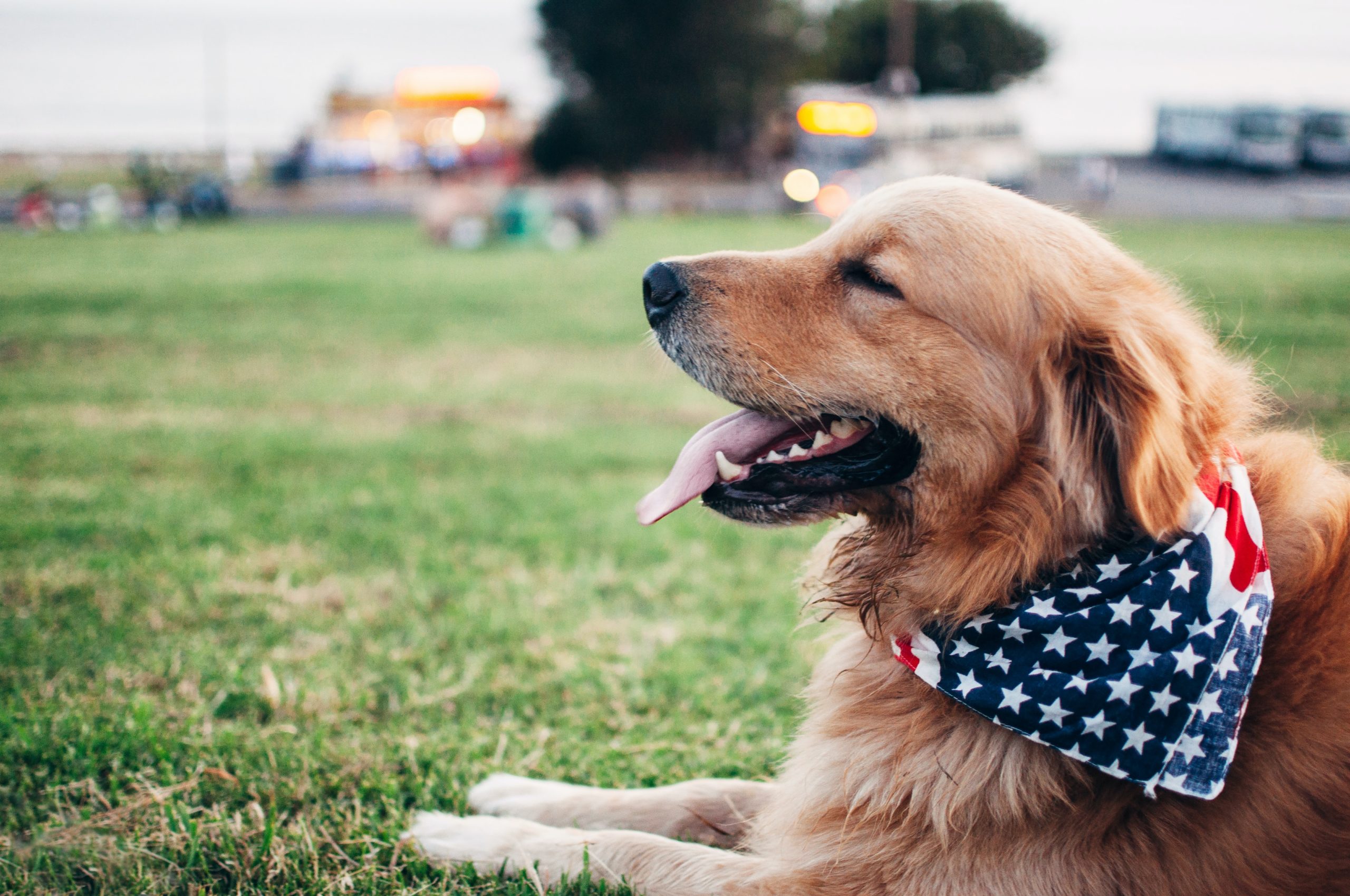WHY “SIT” HAPPENS: CUES VS. CONSEQUENCES
By Dr. Jen Summerfield
Today’s topic is one that you might not have ever given much thought to, but it has more impact on your training than you might think!
What makes behavior happen? Or to put it another way… why does your dog sit, when you say “sit!”?
(Or if he doesn’t sit… why not?)
That might seem like a rather esoteric, theoretical question at first – but actually, it has some pretty significant implications for how we train our dogs in the real world. Because often, when our pups aren’t listening to us, we have a tendency to focus on the wrong things.
Which leads to frustration for everyone involved, and doesn’t help to solve the problem.
******
When I’m working with pet owners to teach basic obedience skills to their dogs, this is an issue that comes up a lot! I get quite a few questions about the best way to give commands, because people often assume that this is the key to getting the dog to listen.
For example:
“Do I need to be more assertive, when I tell him to stay?”
“I think he doesn’t listen because my voice isn’t forceful enough. He doesn’t realize that I’m the boss!”
“Is it better to use the action I want as the command (like, “lie down!”), or the place where I want him to be (like, “bed!” or “floor!”)?
“Will it confuse him if I give some of his commands in English, and some in another language – like German, or Spanish?”
And so on.
Before we try to answer these questions, let’s take just a moment to talk about how operant behavior works. (By “operant behavior,” I mean – voluntary behaviors, that the dog is choosing to perform. Like sitting, or coming when called, or digging in the garbage can to look for leftovers. So not an unconscious reflex, or an emotional reaction… but pretty much everything else!)
We often use the “ABCs of operant behavior” as a way of understanding the relationship between the environment, the dog’s behavior, and what happens afterwards:
Antecedent -> Behavior -> Consequence
The antecedent (A) is whatever sets the stage for the behavior to happen. The behavior (B) is what the dog does. And the consequence (C) is what happens as a result.
So let’s look at an example. Maybe you have a dog who likes to snatch unattended food off the counter. (A very common problem, in many households!)
What’s the “A-B-C” for this behavior?
Antecedent = Owner is cooking and leaves the kitchen for a moment
Behavior = Dog jumps up to see what’s on the counter
Consequence = Dog finds a roast thawing for dinner, pulls it down, and eats the entire thing
(Our hypothetical owner will no doubt be very displeased by this turn of events when she gets back to the kitchen, but by then it’s too late! The dog has already learned a very interesting lesson.)
From the dog’s perspective, his “jumping on the counter” behavior was highly successful! It paid off wonderfully, with a delicious reward. And because of that, it’s extremely likely that he’ll try it again, the next time his owner leaves the kitchen during meal prep time. It he’s successful a few more times, this behavior will become a firmly entrenched habit that’s very hard to break.
Why?
Two words – reinforcement history.
The behavior of jumping on the counter has been strongly rewarded (“reinforced,” in behavior science terms) in the past, so it’s very likely to keep happening every time the relevant antecedent presents itself.
Makes sense, right?
So now, let’s look at a training example. Let’s say you’re teaching your dog to come when you call. Ideally, the sequence should go something like this:
Antecedent = “Buddy, come!” (with some extra prompting at first, if needed)
Behavior = Dog comes to you
Consequence = Jackpot of tasty treats
Once you’ve practiced this a few times, Buddy has a pretty solid recall going! He comes running happily as soon as you call. Is that because of the word you’ve chosen as the cue for this behavior, or because you’re using just the right tone of voice?
No – it’s because the behavior of running to you when you call, has a nice strong reinforcement history!
So as long as that keeps up, the behavior will keep happening whenever you cue it. Now, you can gradually start to increase the difficulty level (new places, harder distractions, etc). You’re well on your way to having a nice reliable recall, as long as you continue making it worth his while to respond correctly.
Now… what about when things go wrong?
Let’s say you’ve been a bit lax about rewarding your dog after the first few lessons. After all, it’s a pretty simple concept – right? And when you go to the park, he comes running the first time you call him. Great! He gets a pat on the head, and then you leash him up to go home.
After a few days of this, you notice that Buddy is now starting to ignore you at the park. But why? Is he being stubborn or willful, or trying to assert his dominance?
No. He’s being a perfectly normal dog, responding to a new set of contingencies. The “A-B-C” has changed! Now, the sequence looks like this:
Antecedent = “Buddy, come!”
Behavior = Dog comes to you
Consequence = Leash goes on, time to go home
Buddy has learned that in this context, coming to you when you call means his “park time” is over. Whereas if he ignores you, he gets to keep right on having fun! So he does what any rational being would do, and opts for the choice that makes more sense to him.
So what does this mean for us, in terms of dog training in the real world?
It means that if your dog won’t come when you call him, don’t get sidetracked trying to figure out how to sound more authoritative. That’s the antecedent (A) in our equation, and it’s NOT what drives the behavior. Your cue just lets the dog know when a particular behavior (coming back to you, in this case) is likely to pay off! But it won’t make the behavior happen, if the past reinforcement history isn’t there.
That’s the consequence (C) – and THAT’S where all the power is.
So if your dog is ignoring you at the park, spend some time practicing his recall at home in an easier environment. And reward him generously when he gets it right! Once things are looking solid again, you can gradually increase the difficulty level with new places and more distractions. Just make sure that coming when you call him always leads to something great, no matter where you are! Call him at the park for a game of chase, or a jackpot of tasty treats – then release him to go play again.
When it’s time to go home, you can still do something fun before you get in the car. Try a treat scatter in the grass once the leash is on, or a game of tug on the way back to the parking lot. You can still make it worth his while to listen – and that will pay huge dividends in the long run, in terms of keeping the behavior strong.
******
There’s a larger lesson here, about troubleshooting training issues across the board. In almost every case, it doesn’t make any difference what specific word you choose, or what language you give your commands in, or what tone of voice you use when you talk to your dog – as long as it’s clear and consistent.
What matters, is that the behavior you want has a strong reinforcement history in the context where you need it.
Whether your dog is pulling on the leash when you go for a walk, jumping on guests as they come in the door, or breaking his stay at the start line in agility class – the answer is the same. Don’t worry so much about what words you’re using, or how forceful you’re being when you give your commands. Focus on setting your dog up for success, and rewarding the behavior you want.
Help your dog learn that walking nicely beside you, or keeping “four on the floor,” or holding a solid sit-stay will always pay off – with treats, or attention, or a chance to run the agility course. Because at the end of the day, THAT’S what makes the behavior happen.
So put your effort where it counts.










Comments are closed.
Spot on!